Is a sauna good for a cold?
Sauna is a hot bath method that positively affects the body through high temperatures. Sauna can promote blood circulation, relax muscles, and relieve fatigue and tension through high temperatures.
Although sauna can have the aforementioned positive effects on the body, it cannot directly help treat a cold. However, sauna can alleviate muscle pain and some discomfort caused by a cold, and sometimes
it can also help alleviate symptoms such as nasal congestion and runny nose. Sauna is not suitable for everyone, especially during a cold. For some people, it may not have a relieving effect and may even
worsen the cold. This is because the high temperature and humidity in the sauna environment may cause some discomfort, thereby exacerbating symptoms. Additionally, sauna can lead to dehydration,
which may worsen the cold if severe. However, the specific effects vary from person to person, as everyone's constitution is different. If sauna is to be used during a cold, it is best to consult a doctor beforehand
to ensure safety and comfort.
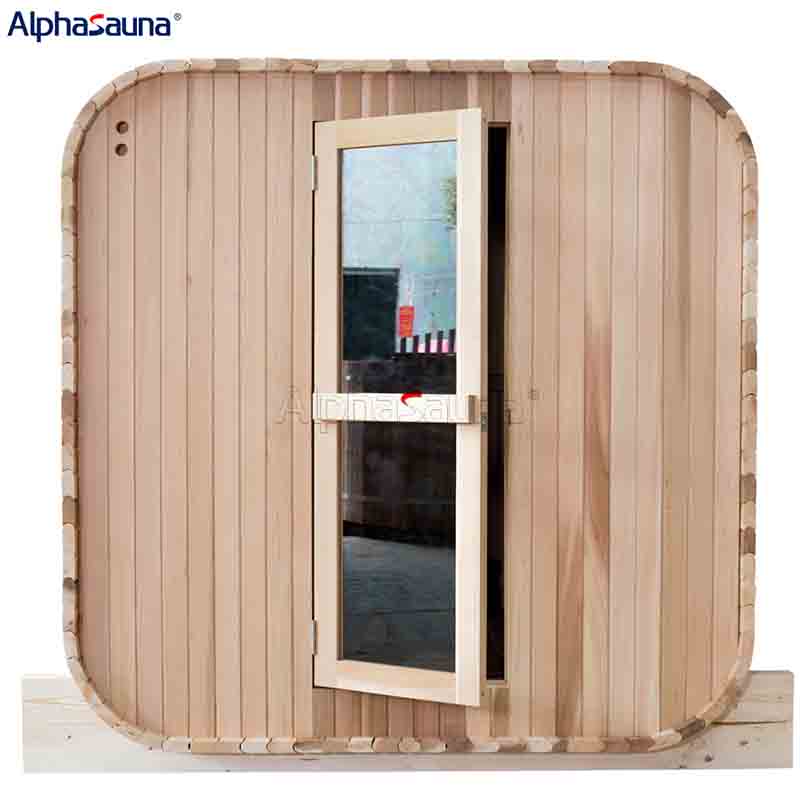
How long should you stay in a sauna?
Sauna is a traditional method of hot bathing, and it has many benefits. In the high-temperature environment of the sauna, it helps to relax muscles, reduce fatigue, and relieve muscle tension.
Sauna also causes blood vessels to dilate, increasing blood flow and promoting circulation. The high temperature of the sauna also opens the pores, causing profuse sweating, which helps to expel
dirt and toxins from the surface of the skin. Sauna also helps to open the airways, relieving symptoms such as nasal congestion and a runny nose. The comfortable environment of the sauna also
helps people relax mentally, relieving stress. Some studies suggest that regular sauna use may help improve immune system function. Although there are many benefits to sauna use, it is not advisable
to stay in the sauna for extended periods to avoid discomfort. The specific duration of stay in the sauna varies from person to person and should be based on individual physical condition, comfort level,
and personal needs. Typically, the recommended sauna time is 15 to 20 minutes, but this does not apply to everyone. Some people may stay in the sauna for a long time without any issues, feeling even
more comfortable. While others may start feeling uncomfortable after only a short time. Therefore, the duration of stay in the sauna should be determined based on one's own physical condition, paying
attention to any signs of discomfort. If any discomfort occurs, one should leave the sauna immediately and rest in a well-ventilated area. Additionally, it is important to stay hydrated during the sauna process
to prevent dehydration.
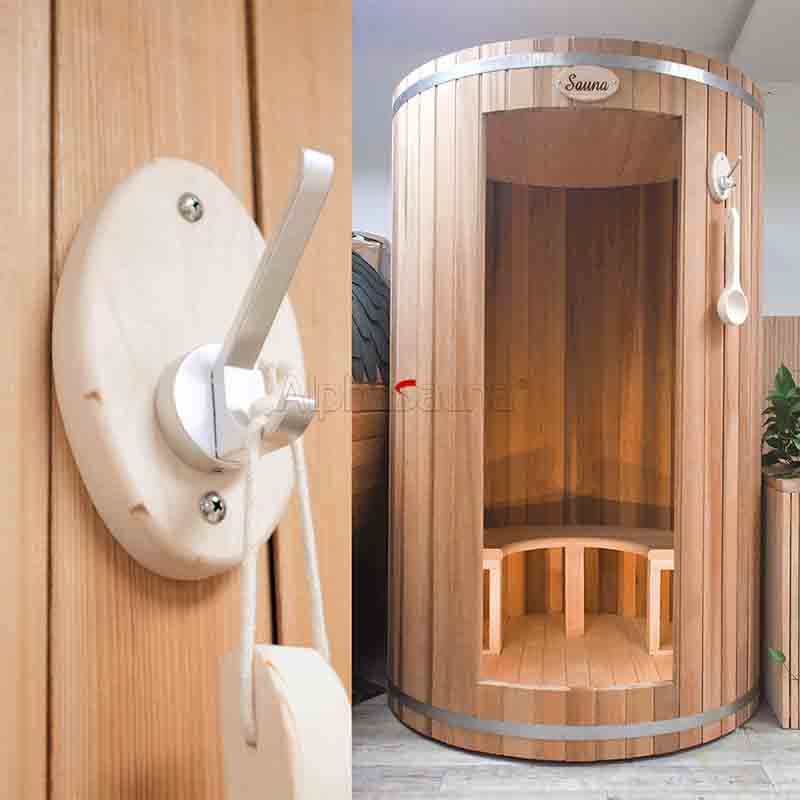
Infrared Sauna: Infrared saunas typically use infrared lamps or heating panels to generate infrared radiation for heating purposes.
The temperature of an infrared sauna usually ranges from 40 degrees Celsius to 60 degrees Celsius, relatively lower compared to other saunas.
It primarily heats the body through radiation, thereby promoting blood circulation, relieving muscles, relaxing the body and mind, and reducing fatigue.
Far Infrared Sauna: Far infrared saunas primarily utilize far infrared radiation, which has longer wavelengths and stronger penetration, capable
of reaching deeper into the skin and tissues. The temperature of a far infrared sauna also typically ranges from 40 degrees Celsius to 60 degrees
Celsius. However, due to the strong penetration of far infrared radiation, individuals can experience deeper heating effects even at lower temperatures.
The effects of far infrared saunas are similar to those of infrared saunas, but far infrared saunas can penetrate the skin and tissues more deeply, further
promoting blood circulation, detoxification, and enhancing immune function.
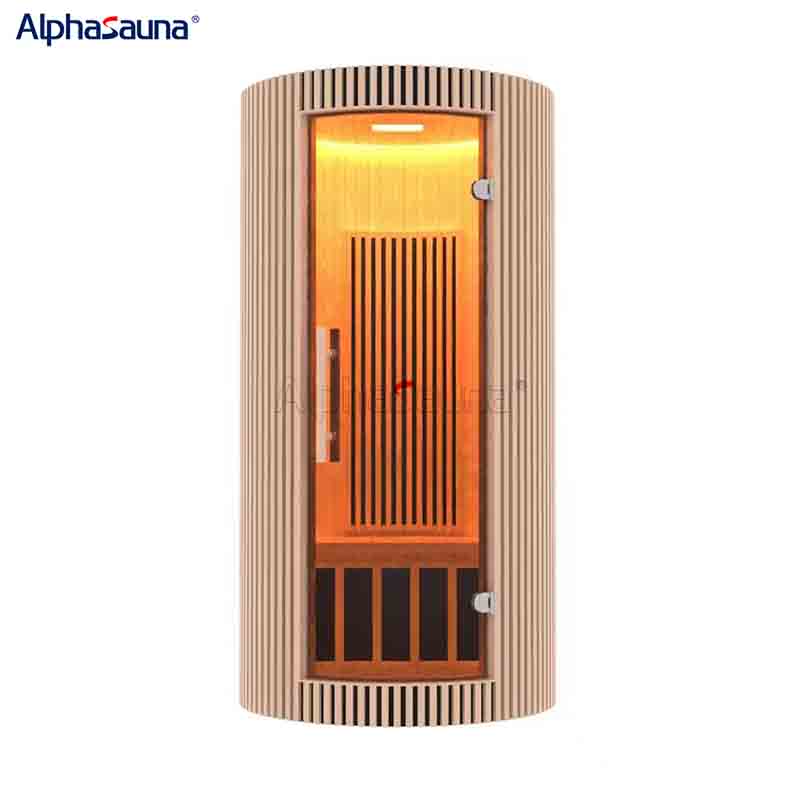
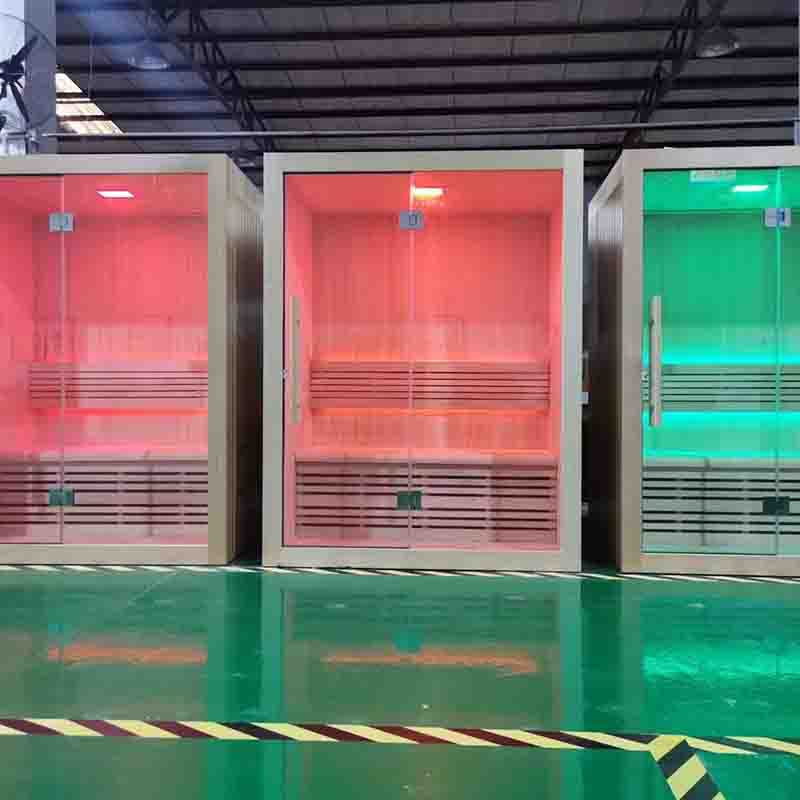
what to wear in a sauna?
When going to the sauna, it is generally recommended to wear lightweight, breathable, and comfortable clothing. This allows for a better
experience of the sauna's temperature effects while facilitating the expulsion of sweat and the penetration of steam. Here are some suggestions
for sauna suit:
1. You can choose to wear a swimsuit or swim trunks for the sauna, as lightweight and breathable clothing allows for a better enjoyment of the
sauna experience.
2. If the sauna facility permits wearing clothing, you can opt for sportswear or lightweight cotton clothing. Choosing lightweight, breathable, and
comfortable clothing will make the entire sauna process more comfortable.
3. Clean slippers: Wearing clean slippers in the sauna can avoid direct contact with the floor, preventing inconvenience and maintaining hygiene.
In summary, selecting clothing that is comfortable and to your liking can enhance the sauna experience. Additionally, it is important to adhere to
the sauna facility's regulations, as some may not permit wearing clothing in the sauna room.
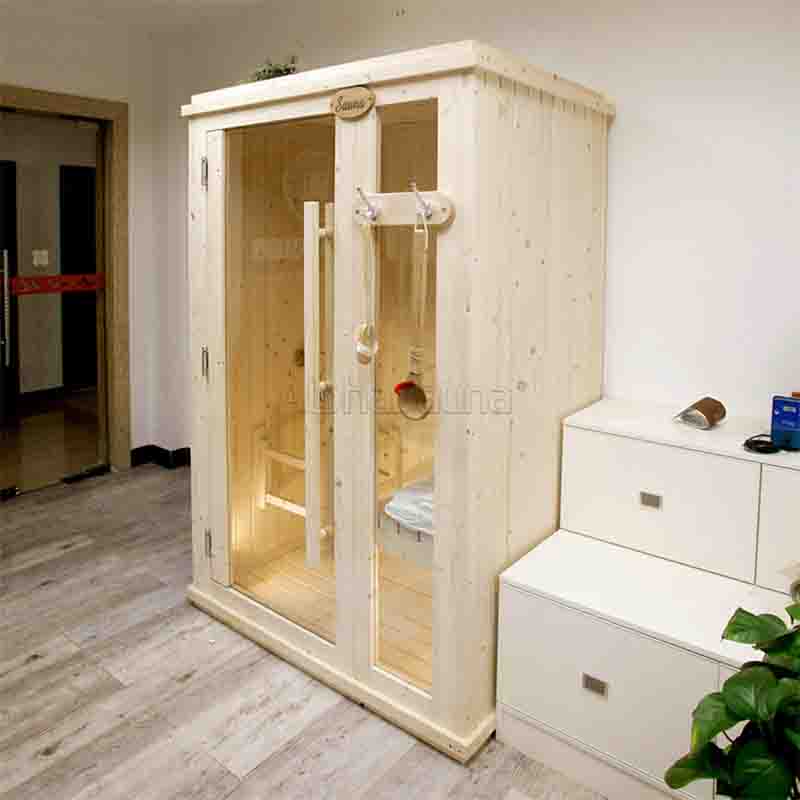
How many calories do you burn in a sauna?
Sauna does not lead to significant calorie expenditure; rather, it primarily stimulates blood circulation and promotes sweat expulsion through high
temperatures, rather than burning calories through metabolism. The number of calories burned in the sauna varies from person to person and depends
on factors such as individual body weight, sauna room temperature and humidity, duration of stay, and personal physical condition. Generally, in the
high-temperature environment of the sauna, the body sweats profusely, leading to temporary weight loss due to water loss. However, once the body
is rehydrated, the weight will return to normal. Sauna does not directly burn calories, but it can be combined with appropriate exercise and healthy eating
habits to effectively manage the body and maintain health.
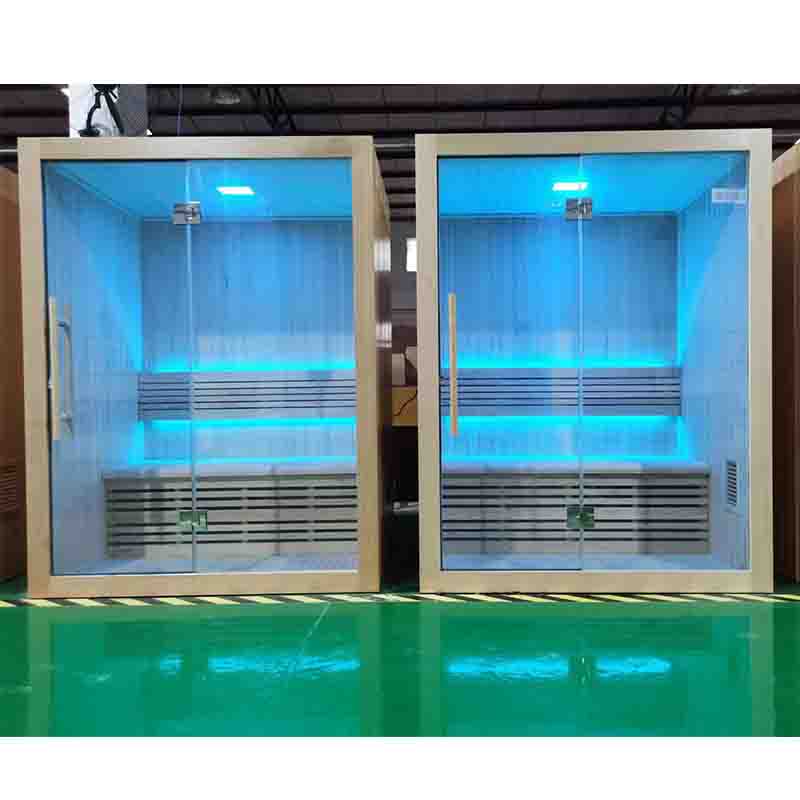
Can you bring your phone in a sauna?
In this era where phones are constantly glued to people's hands, many individuals tend to carry their phones with them wherever they go,
including the sauna. However, when it comes to the question of whether one can bring their phone to the sauna, it is generally not recommended.
The sauna room's high temperature and humidity can cause the phone to overheat, reducing battery life and damaging circuit boards. Moreover,
the steam may penetrate the phone and damage internal components, posing a safety hazard. Additionally, sauna sessions are meant for relaxation
and meditation, and bringing a phone along may distract attention, thereby diminishing the sauna's effectiveness. Typically, it is best to leave the phone
in a safe and appropriate place before entering the sauna to avoid any potential damage.

How much does a sauna cost?
The cost of sauna varies depending on factors such as location, facilities, and service quality. Typically, saunas in health clubs, wellness centers,
or hotels tend to have higher-quality equipment and services, thus commanding relatively higher prices. Public fitness centers usually offer more
affordable sauna facilities, although they may be more crowded during peak hours. Home saunas are also a good option if you have enough space
and budget. Purchasing a home sauna allows you to enjoy sauna sessions anytime, anywhere, with relatively high levels of hygiene and safety. The
specific cost of sauna depends on the venue you choose. Regardless of the option, it is important to decide based on personal needs and budget,
while ensuring that the chosen sauna facility meets hygiene standards and safety requirements.
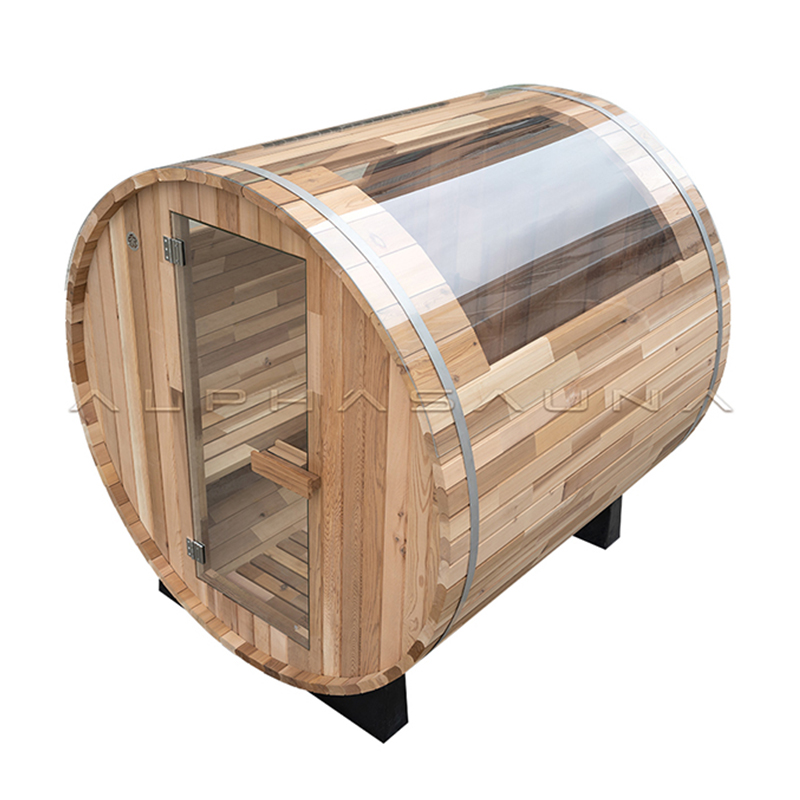
This article mainly discusses the benefits of sauna and its impact on human health, as well as how to choose clothing and sauna facilities when using
a sauna. Only by preparing adequately before sauna sessions can one fully experience its effects. If you wish to enjoy sauna sessions anytime and
anywhere at home, you can consider purchasing a home sauna. You can click on the link to visit our store and learn more about our sauna products.
Let Alpha Sauna provide you with a unique sauna experience.










